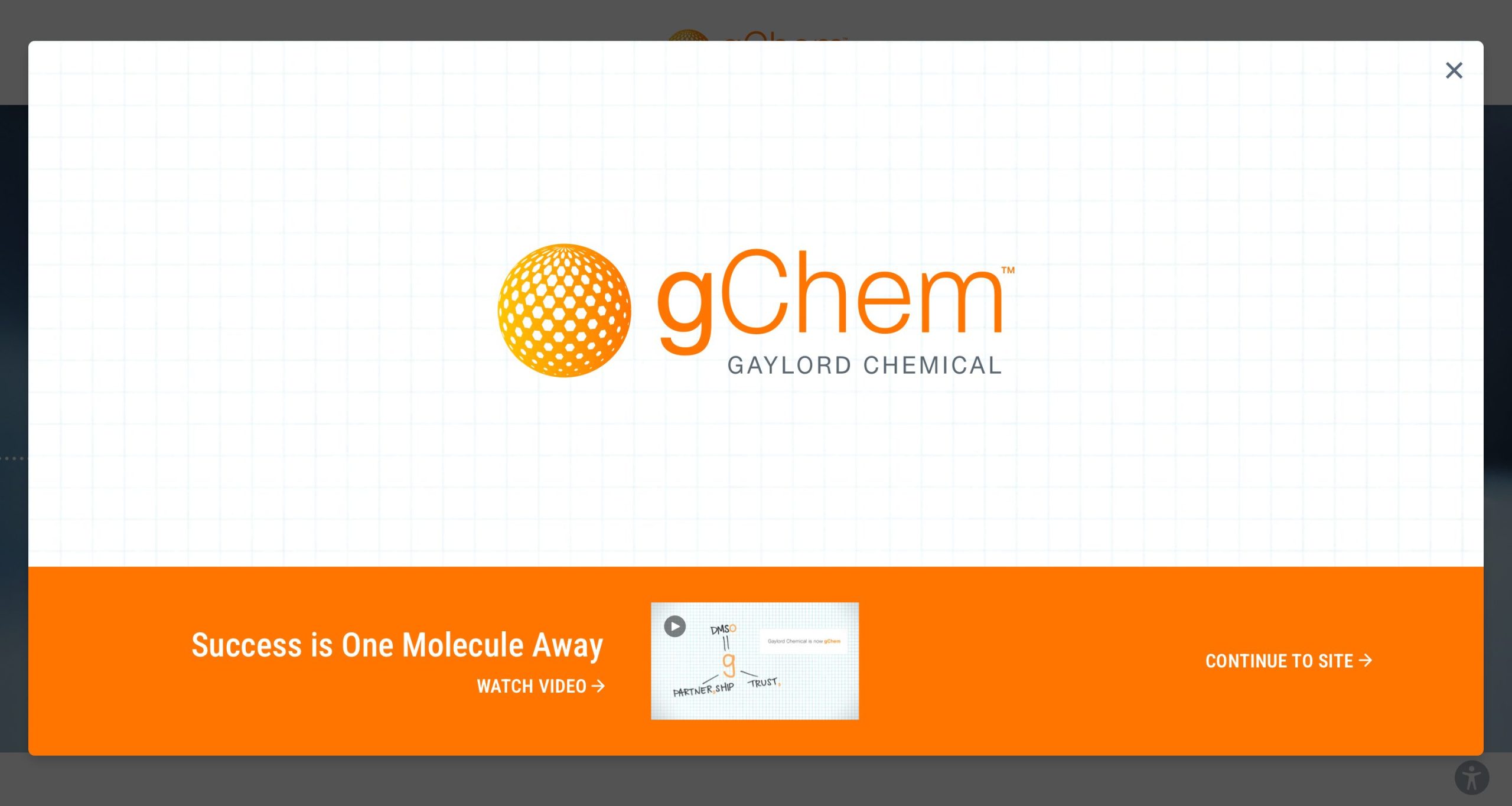Procipient in Parenteral Formulations
DMSO in parenteral formulations: a review of opportunities and challenges
Dimethyl sulfoxide (DMSO) possesses unique properties which have led to its adoption as an excipient in pharmaceutical formulations and medical devices. DMSO is now incorporated into a number of regulated products for healthcare and drug delivery applications, including stabilizing product formulations, sustained-release applications, and for the delivery of medical polymers [1,2]. The present review introduces the application of DMSO in parenteral formulations with an emphasis on in situ forming implant systems. In addition, the potential for DMSO as a stabilizing agent and as cryoprotectant is also highlighted.
In situ forming implant systems: Parenteral drug delivery system are, occasionally, the only possible avenue for the administration of biotechnology-based drugs and compounds which cannot be administered via the oral route. Use of the alternative administration routes (such as pulmonary, transdermal, nasal), is associated with poor and highly variable absorption. The main concerns of parenteral administration, however, are the safety and the pain associated with the injection. In order to address these issues, novel approaches are investigated and significant research efforts have been undertaken by both academia and the pharma industry. As a result of this work, parenteral delivery systems, such as in situ forming implants, can now be designed to provide flexible drug delivery characteristics [3].
In situ forming implant systems are a formulation option to avoid a constant infusion or a very high frequency of injections. The widespread interest in these systems can be attributed to a range of advantages which include (i) diminished frequency of applications and hence improved patient compliance and comfort, (ii) site-specific action due to localized delivery, (iii) easy and less invasive application, and (iv) the reduction in side effects and toxicity associated with systemic delivery [3,4]. In addition to drug delivery, these systems are also amenable for a range of biomedical applications such as tissue repair, cell encapsulation, microfluidics and bioengineering.
Based on the mechanisms of implant formation, in situ forming systems can be classified as cross-linked polymer systems, solidifying organogels or phase separation systems. Importantly, the solvent induced phase separation mode of the implants has a number of advantages over its counterparts e.g. need for critical temperature (for thermoresponsive implants), presence of ions (for charge sensitive implants), and change in pH (for pH sensitive implants),. For solvent induced phase inversion, DMSOis generally approved as a ‘gold-standard’ solvent by the regulatory authorities [4].
A solvent exchange-based in situ forming implant system is comprised of a water insoluble polymer that is dissolved in an organic, water-miscible, biocompatible solvent, which may incorporate the drug. When the system is introduced into an aqueous environment (blood or body fluids), the organic solvent dissipates out of the system and the water ingresses via diffusion [5]. This exchange of solvents results in sol-to-gel transformation causing polymer precipitation that leads to implant formation. The drug release from the implant is believed to occur 1) via transport either through water-filled channels, 2) through the polymer or 3) as the drug-encapsulating polymer disintegrates. In general, large hydrophilic compounds, such as proteins and peptides are released through water-filled pores, while hydrophobic molecules transport through the polymer phase. An ideal prolonged drug release profile would conform to zero-order release kinetics [4].
The typical nature of solvent-induced implant formation necessitates unique solvent characteristics. Solvent should be water miscible, biocompatible, organic in nature and possess optimum viscosity (be syringeable). Importantly, solvents should efficiently dissolve the polymer and drug. The unique properties of DMSO include its highly polar aprotic nature, exceptional solvent properties for both organic and inorganic components, and its capacity to associate with both ionic species and neutral molecules that are either polar or polarizable. The viscosity of DMSO is 1.1 mPa s (1.1 cP) at 27°C [2]. These characteristics enable DMSO to be used as the organic solvent of first choice for in situ solvent induced phase inversion implant formation. The miscibility of DMSO with water may lead to initial burst drug release immediately following in situ formation of the implant.
DMSO as stabilizing agent: Active pharmaceutical ingredients intended for parenteral administration may lack adequate stability to be formulated as ready-to-use solutions. In such instances, they can be lyophilized (freeze-dried) and, right before use, this powder can be reconstituted into a solution and administered. Typically, water is the solvent to be removed by drying. However, there may be instances where freeze-drying from organic solvents or mixtures of water and organic solvent may offer the formulation scientist advantages over simply drying from an aqueous solution. The advantages of using these non-aqueous solvent systems include: increased drug wetting or solubility, increased sublimation rates, increased pre-dried bulk solution or dried product stability, decreased reconstitution time, and enhancement of sterility assurance of the pre-dried bulk solution. As an ICH Class 3 solvent (regarded as less toxic and of lower risk to human health), DMSO is also used as an organic solvent during formulation and lyophilization of parenteral dosage forms [6].
DMSO as cryoprotectant: Although biological products, such as cell and proteins, are often frozen during processing, they can undergo degradation leading to losses in biological activity during the process. The major stresses during cooling and freezing are low temperature, freeze-concentration, and ice-crystal formation. In these and other similar instances, cryoprotectants invariably are required to minimize protein or membrane damage [7]. DMSO and glycerol are among the most widely used cryoprotectants for living cells, with the former probably being more effective. In liposome systems too, DMSO at a concentration of 5- 10 % v/v has usually been found superior to other cryoprotectants.
The use of DMSO as an excipient for parenteral products is expanding. Next series of posts will highlight the opportunities and challenges associated with DMSO use in parenteral formulations and products, with the reference to above mentioned and other research areas.
Dr Seema Thakral, Ph.D.
- McKim AS, Strub R. Dimethyl sulfoxide USP, PhEur in approved pharmaceutical products and medical devices. Pharm Tech 2008; 32(5): 74–85.
- Rowe RC, Sheskey PJ, Quinn ME, Handbook of Pharmaceutical Excipients, The Pharmaceutical Press, 6th edn, 2009; 238-240.
- Kempe S, Mäder K. In situ forming implants—an attractive formulation principle for parenteral depot formulations. Journal of controlled release. 2012; 161(2):668-79.
- Thakur RR, McMillan HL, Jones DS. Solvent induced phase inversion-based in situ forming controlled release drug delivery implants. Journal of Controlled Release. 2014; 76:8-23.
- Bode C, Kranz H, Siepmann F, Siepmann J. In-situ forming PLGA implants for intraocular dexamethasone delivery. International Journal of Pharmaceutics. 2018;548(1):337-48.
- Teagarden DL, Wang W, Baker DS. Practical aspects of freeze-drying of pharmaceutical and biological products using nonaqueous cosolvent systems. In Freeze-Drying/Lyophilization of Pharmaceutical and Biological Products 2016 Apr 19 (pp. 268-301). CRC Press.
- Carpenter JF, Izutsu KI, Randolph TW. Freezing-and drying-induced perturbations of protein structure and mechanisms of protein protection by stabilizing additives. In Freeze-Drying/Lyophilization of Pharmaceutical and Biological Products 2016 Apr 19 (pp. 181-211). CRC Press.







Leave a Reply
You must be logged in to post a comment.